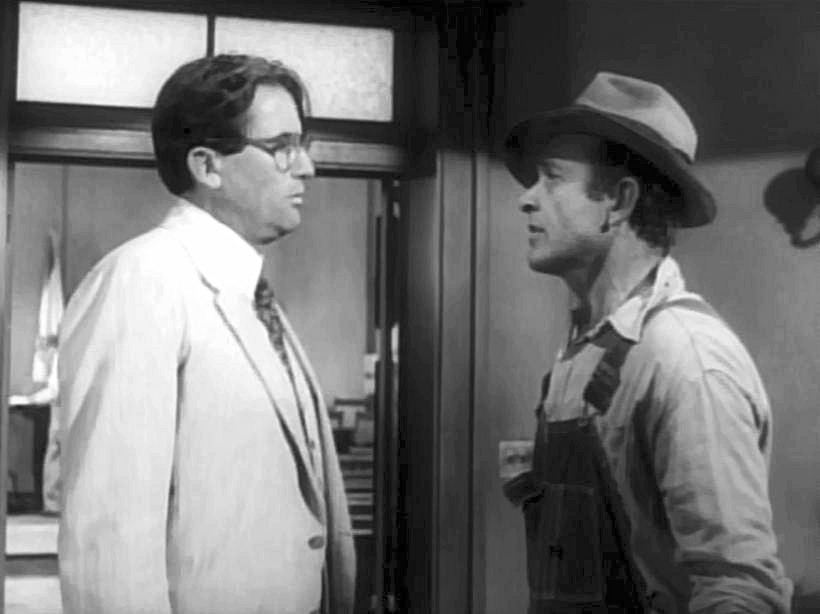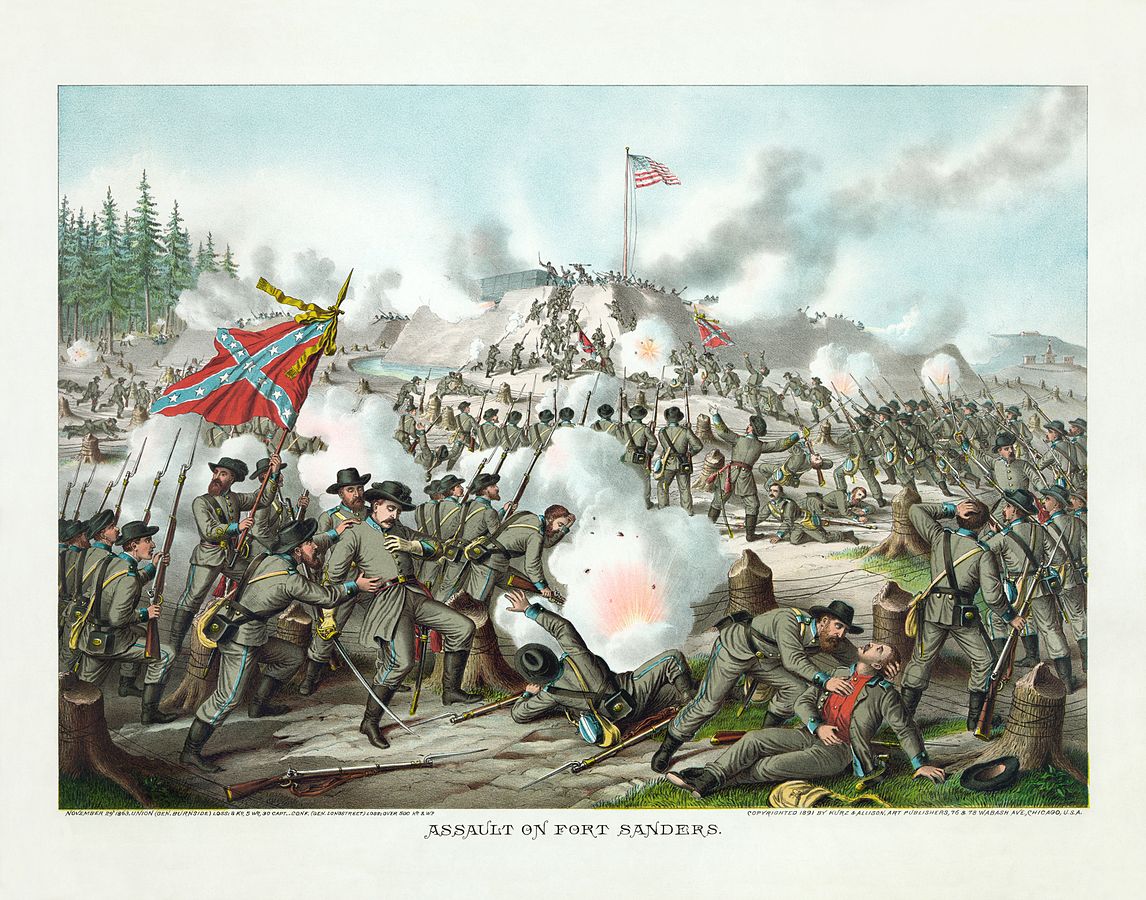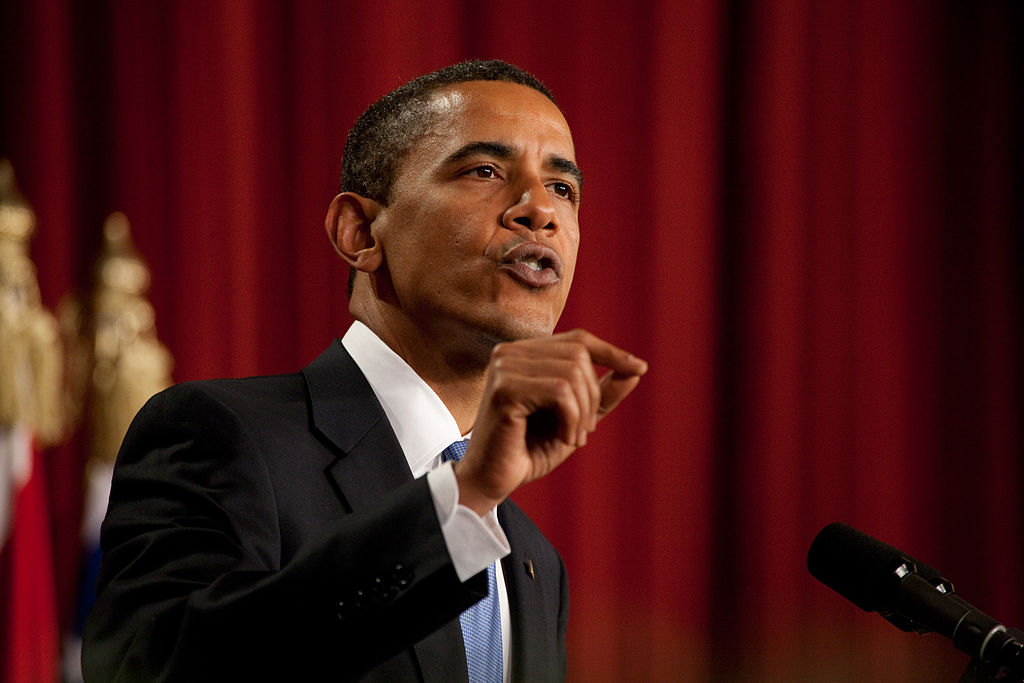The articles are everywhere. Headlined by an eye-catching, caps-locked “WATCH,” they offer the reader the opportunity to watch someone die. The person in this case is Samuel Dubose, a Cincinatti resident killed by a policeman at the University of Cincinatti, Ray Tensing. The video is powerful, offering a disturbing look into police brutality in America. Its role is also central in bringing Tensing to justice, as his arrest was paralleled by the prosecutor office’s release of the video. But should you watch the video – one that graphically captures the last minutes of Dubose’s life?
Whiteness and Go Set a Watchman
This article has a set of discussion questions tailored for classroom use. Click here to download them. To see a full list of articles with discussion questions and other resources, visit our “Educational Resources” page.
The release of author Harper Lee’s long-awaited second novel, Go Set a Watchman, has sparked controversy even before hitting the shelves. Central among these controversies is the revelation that Watchman’s Atticus Finch, a celebrated character from Lee’s To Kill a Mockingbird, is portrayed as a harsh racist, more akin to the Ku Klux Klan than the defense against racism with which he is associated. As parents reevaluate naming their children after the character and others raise suspicions about the book’s publication, it is practically ensured that the text will be one of the most controversial publications this year. Yet, for others, the publication of Lee’s latest novel has provided the opportunity to air longstanding grievances that existed long before Go Set a Watchman – grievances that stand to change the way we think about To Kill a Mockingbird’s legacy.
Foremost among these criticisms are concerns about both novels’ depiction of racism, especially in light of characters like Atticus Finch. A recent op-ed written by Colin Dayan noted that To Kill a Mockingbird’s plot, traditionally praised as a stand against racism, contains more problematic elements in the way its black characters are presented. In Lee’s novel, Dayan argues, black people are either victims or are simply dragged “humbly in tow” behind white characters like Atticus. Characters like Tom Robinson, he argues, are primarily used to draw attention to the heroism of these white characters – to the point where many of the non-white characters are included “only to be helped or killed by whites.” Others, including acclaimed author Toni Morrison, have also drawn attention to the damaging “white savior” narratives upon which Mockingbird operates, presenting a reading of the work not often considered by white audiences.
While the dehumanized black characters in Mockingbird are certainly a problem, it may not be entirely the fault of the author. After all, Mockingbird is told largely from the perspective of a white child, a move Lee has said is grounded in her own experienced reality. The autobiographical nature of the book means that this white perspective certainly factors in prominently, which could be one reason the book exhibits the trends that Dayan describes. In some ways, then, establishing black characters like Tom Robinson as relatively dehumanized victims could have been central in building the worldview of a young white girl at the time, as Scout Finch is in the book. It could also be argued that the book may not have been as poignant if told from experiences and perspectives unfamiliar to the author. Personal writing is often incredibly powerful, and without its use in Mockingbird, the book may not have risen to prominence in the first place.
Regardless of author’s intent, however, Dayan’s points about the relatively dehumanized black characters still stands. In light of these points, it is necessary that we reconsider Mockingbird’s foundational role in educating about racism. For many students today, especially white students, reading To Kill a Mockingbird may act as a foundational early element of understanding racism. Within this educational process, characters like Atticus are too often held up as heroes, while texts focused on non-white characters fighting racism do not receive nearly the same focus. These trends are not isolated; in an op-ed for The Huffington Post, John Metta writes that discussions about racism in the United States are overwhelmingly considered through the feelings of white people – a trend certainly not helped by the “white savior” narratives like those in Mockingbird.
In this regard, countering the “white savior” narratives in Mockingbird necessitates that students be introduced to more varied representations. An excellent example would be Morrison’s books; works like Beloved and The Bluest Eye offer powerful anti-racist narratives from the experiences of non-white characters. Exposing students to these texts not only diversifies the experiences about which they are reading, but also helps counteract white-focused narratives that hinder discussions about racism. And while the legacy of Go Set a Watchman has not yet been cemented, it has become clear that white-centric accounts of racism like its predecessor can no longer act as the definitive source material on race.
Where Does the Confederate Battle Flag Belong Today?
Political pressure is mounting for the removal of the Confederate battle flag that flies on the state grounds of South Carolina in the wake of the Charleston Church shooting. In recent years, public debate over the flag that symbolizes racism to some and heritage to others has intensified. The divergent views towards the flag inflamed intense public dialogues about racism, culture and history ever since the mid-1950s. Under this circumstance in 1993, United States Senator from Illinois Carol Moseley-Braun claimed “it is a fundamental mistake to believe that one’s own perception of a flag’s meaning is the only legitimate meaning.”
As Moseley-Braun suggested, people should not impose one’s interpretation of the flag to others, and seeking to understand why people are offended by it and why people preserve it are actions that are necessary to take as educated citizens. In order to fully comprehend the implications that the flag gives to a diverse public, understanding the entire history of this symbol would become necessary as people from different backgrounds from a wide range of generations view the flag from a variety of perspectives.
Unlike common belief, during the Civil War the Confederate battle flag did not explicitly symbolize racism nor slavery. Among the southern white population, less than 5% were slave owners, and thus, the majority of the Confederate soldiers did not own slave property. Racism prevailed both in the Union and the Confederacy as both parties did not give African Americans the right to vote and fundamental human rights. In fact, historian James McPherson argues that the main Confederate “cause” of the Civil War was to preserve their country and the legacy of the Founding Fathers, which derived from southern nationalism. As Lincoln recalled in his Second Inaugural Address in 1865, that slavery was “somehow the cause of the war,” the modern debate arguing that the Civil War about slavery, and therefore, the battle flag represents slavery is a mere simplification of history. The war was centralized on the issue on slavery, but one cannot naively generalize that all Confederate soldiers were committed to slavery and supported going to war for that cause.
The history of the flag does not end with the Civil War, but expands after World War II with the rise of the Civil Rights Movement. To many people’s surprise, the proliferation of the Confederate battle flag happened after 1954, when the U.S. Supreme Court declared that racial segregation in public schools was unconstitutional via the Brown v. Board of Education case. Although segregation was illegal, many southern states were reluctant to integrate schools. To show their resistance against integration, the Confederate battle flag came back in the public sphere.
The following year of the Brown case, George Wallace, governor of Alabama, raised the flag as part of his “Segregation Forever” campaign and endorsed it as a symbol of resistance. Not only political figures, but also segregationists brandished the flag to contest integration. It was at this time when the flag entered American popular culture as a symbol of opposition to integration, as Jonathan Daniels, editor of Raleigh News & Observer, lamented in 1965 that the flag had become “just confetti in careless hands.”
So, how should governments, corporations and individual citizens cope with a cultural icon that ignites intense debates? One must acknowledge the difference between public and private display of this flag. Public display of the flag (e.g. on the South Carolina state grounds) should be prohibited with the understanding that this flag symbolizes racism for a wide majority of the public. A governmental institution should not naively display a symbol of racism and show innocence in front of people who are offended by it. One must ask: “what would it be like for a Black citizen living in a state where a symbol of racism waves on the state ground?” Confederate flag images can harass or intimidate citizens and the government must not endorse such figure on its public ground. Moreover, the presence of the flag on the state ground excludes and ignores the population who do not honor it.
On the other hand, it is essential to distinguish between the flag as a memorial and the flag as a symbol of exclusion. The Civil War is undeniably a fundamental part of American history and culture, whose events still fascinate many Americans today. The history of the Confederacy is as valuable as the history of the Union, and no one can erase the four years that the two parties had fought. It is necessary to acknowledge that for many southerners, the Confederacy is part of their family history and the flag is a tool to honor their ancestors. Confederate heritage organizations have the right to privately use this symbol with the understanding that explicit use of the Confederate battle flag may offend others who are uncomfortable with it.
We live in a country where people come from different cultures, nationalities, and family backgrounds, and therefore, it is natural that there is a variety of perspectives on how one considers the Confederate battle flag. Many Confederate descendants look at the flag as a symbol of heritage, but this does not make the flag an honorable icon for everyone. A large number of people view the flag as a symbol of racism, but no one can assume that everyone who raises the flag is a racist. However, a governmental institution must consider the negative implications that this icon gives to the public. Even in private settings, no one can naively use this powerful symbol without considering the message that this flag might give to a wide public. In sum, seeking to understand the diverse meanings of the flag and engaging in honest dialogues would lead us to a better understanding of the proper place of the Confederate battle flag in modern day society.
References
Edward Pessen, “How Different from Each Other Were the Antebellum North and South?” American Historical Review 85 (1980): 1119-49.
James M. McPherson, For Cause and Comrades: Why Men Fought in the Civil War (New York: Oxford University Press, 1997).
John M. Coski, The Confederate Battle Flag: America’s Most Embattled Emblem (Cambridge, MA : Belknap Press of Harvard University Press, 2005).
The Ethical Navigator
For the directionally challenged among us, the advent of the GPS has proven revolutionary. Never before has it been so easy to figure out how to get somewhere and, with apps like Google Maps, how long it will take to do so. In this light, such apps provide a crucial source of information for millions of users. But what if these navigational apps could provide an ethical benefit, as well?
Workplace Diversity: A Numbers Game
Anyone who has applied for a job is likely familiar with the stress it can bring. Governed by unspoken rules and guidelines that at times seem arbitrary, the hiring process has traditionally been seen as an anxiety-producing but necessary part of starting a career. For some, however, this process is stressful for an entirely different reason: the fear of discrimination by employers. How, then, should the process be reformed to provide a more equitable environment?
The N-Word and the Politics of Obscenity
In wake of events like the Charleston Church shooting and Black Lives Matter protests, Americans have increasingly been forced to face the harsh racial realities plaguing the country. Such realities have demanded dialogue and conversation on a remarkable scale. And in encountering these dialogues, many have run into the same problem – deciding what language to use in approaching the topic.
Are You Your Avatar?
The online world has always been one of seemingly endless possibilities. In this space, it has been said, anything can happen and anything can be changed, including one’s own identity. And while this has been the case with many games, others have upended this model entirely. One of them, the online survival game Rust, is doing so to provoke debate about a topic rarely considered: race in the online world.
Incarceration: The Guided Tour
The world of prisons has gone mainstream. In some ways, at least. With shows like Orange is the New Black (OITNB) and books like The New Jim Crow shaping public discourse, prison narratives have firmly wedged themselves into the American consciousness. And, for some, with exposure to these narratives comes the need to experience something similar for themselves.
Whiteness, Accessibility and the Art Museum
It is easy to think of the art museum as a clinical space. Seemingly divorced from the outside world at times, these pristine spaces and the artworks that inhabit them often could not feel farther from real-life political struggles. Yet these sanitized, white gallery walls and climate-controlled rooms play host to a number of political debates that are intimately connected to the world beyond the museum gates.
Continue reading “Whiteness, Accessibility and the Art Museum”
#DearDePauw: What’s it All About?
For those in the DePauw community, the hashtag, “#DearDepauw” has been appearing everywhere. Some may have seen lengthy testimonials being posted to social media under the hashtag, while others have participated in the heated Facebook and Twitter debates associated with the posts. So what are the motivations behind this hashtag and the students contributing to it?










